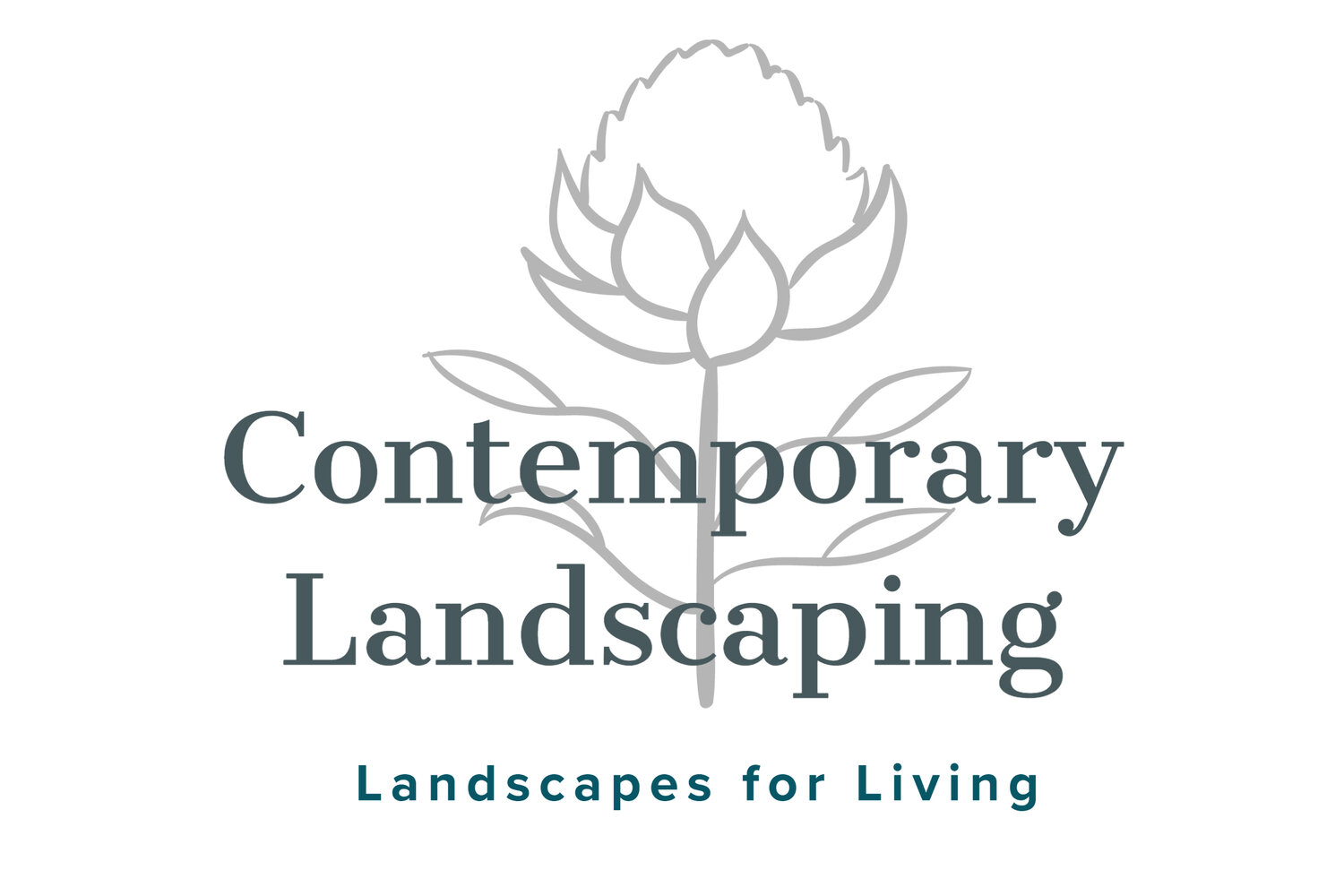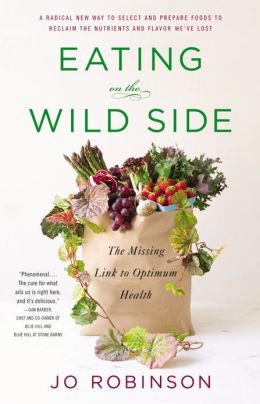After listening to a radio interview on NPR News with our Vashon Island local Jo Robinson, I was intrigued and compelled to read her nationally acclaimed book “Eating on the Wild Side” the missing link to optimum health. The ideas presented in the interview though not entirely new, were an incredibly fresh and scientifically researched take on the origins of our food and the argument that food really is the best medicine. It points to us, a consumer based society that has swapped unknowingly our bodies state of health for mass scale production and convenience and have characteristically chosen food to grow in mass that stores longer and transports better, leaving the fruits and vegetables with the most phytonutrient value behind.
Her interview was hopeful though, rather than gloomy with practical advice on fruit and vegetable selection and preparation to get the most powerfully dense nutritional value from what we eat and prepare for our families.
My first eye and mind opener came when she mentioned the preparation of garlic, which is one of my favorite staples to cook with. (My husband and I could make up a batch of garlic butter and eat it with a crusty baguette and call it dinner). Scientifically there is an important chain reaction that occurs when you slice or crush garlic. There are two enzymes separated in the bulb by its veining. Alicine and Alinine, once the structure has been broken a chemical reaction occurs between the two and the carcinogen fighting enzyme Aline develops. The cancer fighting property of the bulb that we all would like the benefit of. It takes 10 minutes to fully develop once crushed or chopped. If you are eating it raw this is not an issue but if you are cooking and you throw it straight into the pot or heat you have halted the chemical reaction and with it all of its medicinal properties. Whilst I love the taste of garlic I certainly would like the medicinal properties as well. So her advice is to leave it set 10 minutes before cooking. I figure, just plan ahead and reap the rewards.
Now after hearing this one habit changing piece of information, my mind curios as to what else I might be missing that would change my life, I went straight out to get this book.
For me, who is invested in a life of Organic Gardening, knew this book would make sense, but I was not prepared for just how much sense she would bring to the table. I was delighted then by how broadened my knowledge became and how it enforced key reasoning in the argument for local, fresh and organic produce.
Whilst quite a few of us reason, that the less hard to break down chemicals we apply to our crops and then eat the better, there is another lesser known aspect to this. Robinson explains that many scientific studies have found that the phytonutrients that are found in our crops are produced naturally as the plants defense against outside attack from UV rays, insects and predators. This is carried on to us when we consume the produce, boosting our own defenses. When crops are commercially grown they are usually doused with chemicals to keep the plant insect and pest free, weed free and blemish free. As a consumer we are used to seeing absolutely perfect produce. This though reduces the phytonutrient value of the crop because they did not have to work to create them within their system to survive. So we have then weakened the plant. This was another take on nutrition for me, Wow, what a way to look at it!
She not only talks about the way we are growing food now but really gives a complete history and origin of many of our crop cultivars and how to choose ones to grow, buy and cook that are closest to the original wild and native varieties with the highest nutritional value.
She doesn’t stop there though, she also provides information on the best cooking methods for retaining and enhancing the nutrients available in these foods. I had always had this underlying unconscious belief that raw was always the best way to eat our foods. This was put to question for me when she talks about scientific findings that carrots amongst other things are actually nutritionally enhanced by cooking with a healthy oil like olive or coconut oil. She also gives tips on food storage to keep these crops the longest at their optimal nutrition level.
This book has definitely inspired me and I hope it will you as well, whether you want to take on a quest for planting old fruit cultivars or simply shop smarter at your local supermarket, you will find an upbeat, hopeful journey and guide to “Eating on the Wild Side”.

